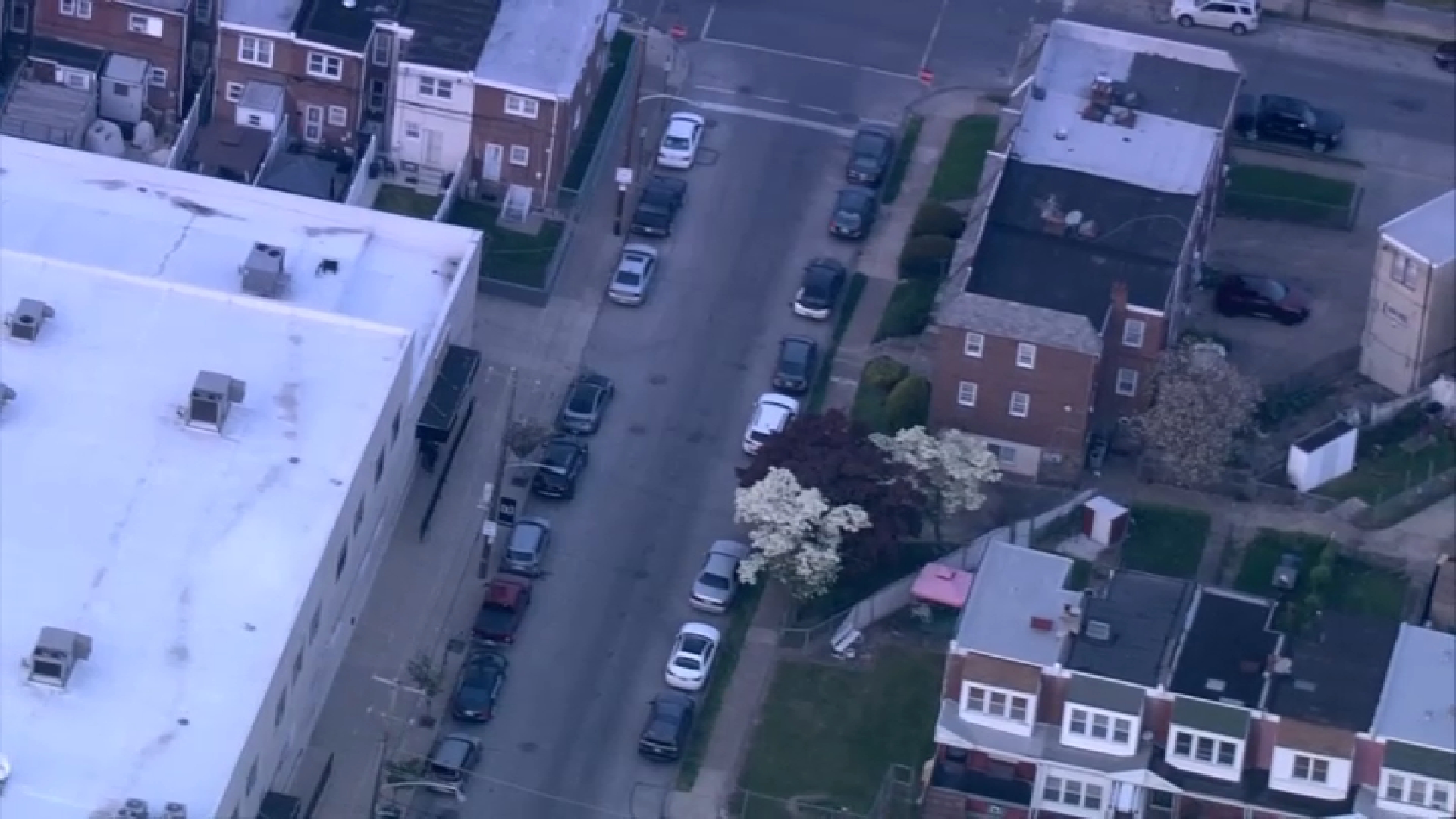In a new survey of emergency physicians, doctors say they are seeing more patients come through the door since the rollout of the Affordable Care Act.
The health law — and the expansion of health care coverage across the U.S. -- were often sold as strategies to divert patients from the emergency room to the offices of primary care doctors. Those doctors are specialists in disease prevention and managing chronic illness.
Since the health law implementation, several studies have documented a rise in ER use.
The poll from the American College of Emergency Physicians echoes those findings.
"Before you have evidence, you can tell stories that go in either direction. You can imagine that expanding insurance could cause people to go to the emergency department more, or could cause them to go less," said Katherine Baicker, a health economist at the Harvard Chan School of Public Health.
A study of children in California found that ER visits increased among kids who gained insurance. The bump was steepest for children with private insurance compared with children in the Medicaid program.
Local
Breaking news and the stories that matter to your neighborhood.
In Oregon, Baicker and her team also documented ER trends for people who were newly enrolled in the Medicaid program. That study included a control group of residents who weren't in Medicaid.
"Whatever was going on out in the world in terms of changes in medical innovation, or aging of the population, or the economy, or changes in health care resources available," Baicker said. "All of those changes happening in the world would affect those people who got access to Medicaid and the control group."
"We found that when people had Medicaid, they went to the emergency room about 40 percent more often," she said.
Many options might push people to use the ER less and seek out cheaper care for non-urgent problems, Baicker said.
Insurance companies could charge people a co-payment when they go to the ER for a visit that's not really an emergency, she said. Or the system could better support primary care providers so they have the resources to seek out patients within their community and establish relationships that bring people back to the doctors office.
Alfred Sacchetti leads the emergency department at Our Lady of Lourdes Medical Center in Camden. There's a clinic just across the street from the ER, he said, but still some patients feel most comfortable getting their care in the emergency department.
The Affordable Care Act helped many people gain health coverage, but it didn't change patient behavior, Sacchetti said.
"They have access to immediate competent care, it's been traditionally where they go to seek out care because they had no other options," he said. "Now they have options, but when you called those options, what you found was two-week wait times."
In other instances, when a patient with Medicaid insurance calls a doctors office, the site charges a fee that is higher than what Medicaid pays, Sacchetti said.
"Until you have a system that can accommodate them, the emergency department is still going to be their go-to place when they have a problem," he said.
Investigators at the UCLA Center for Health Policy Research suggest that the rise in ER use after the implementation of the health law could be temporary. After "pent up" demand subsides, patients may get connected to doctors outside of the emergency room and keep those relationships.



